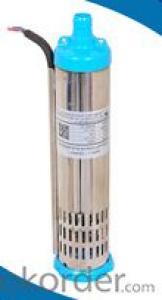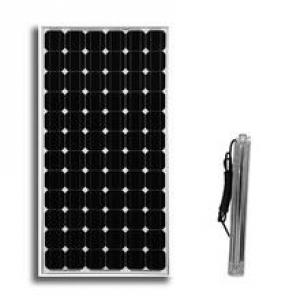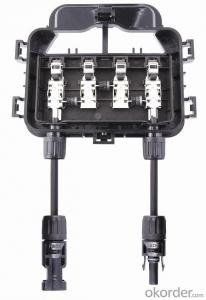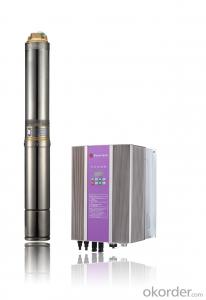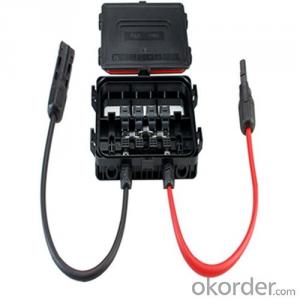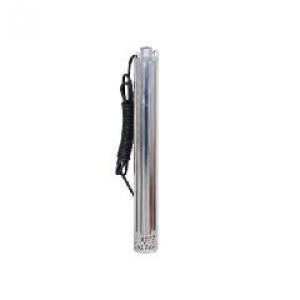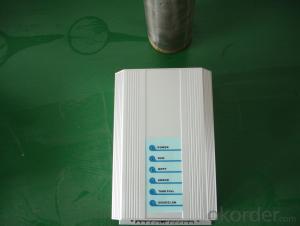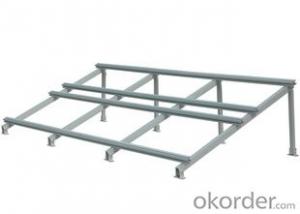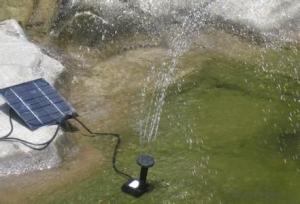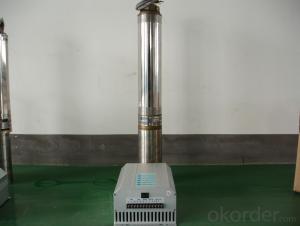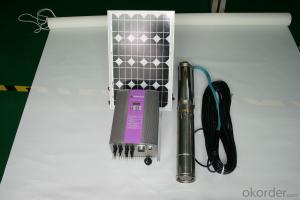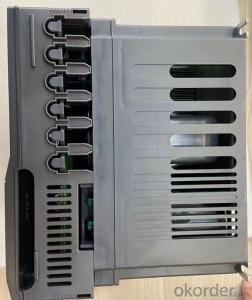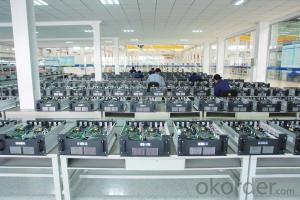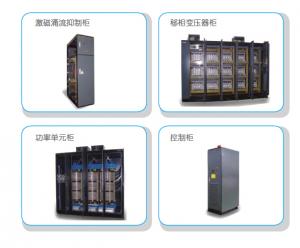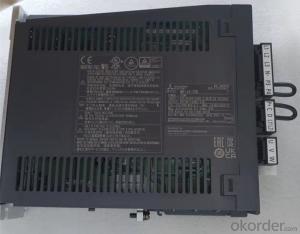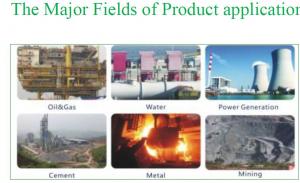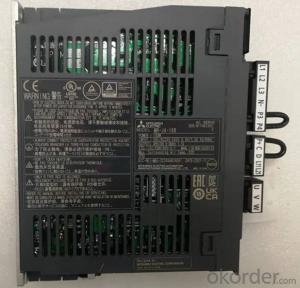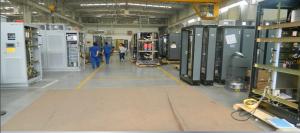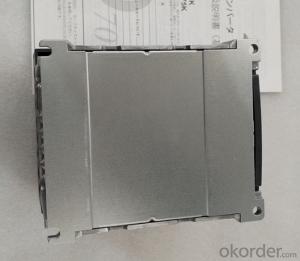Jump Solar Inverter
Jump Solar Inverter Related Searches
Inverter Pump Solar Solar Ups Inverter Japanese Solar Inverter Inverter Solar Pump Solar Pump Inverter Smart Solar Inverter Pump Inverter Solar Smart Inverter Solar Solar Inverter Jumia Solar Smart Inverter Ups Inverter Solar Solar Solar Inverter Solar Inverter Upgrade Inverter Solar Smart Solar Power Inverter Upgrade Solar Inverter Sunshine Solar Inverter Jntech Solar Pump Inverter Sharp Solar Inverter Buy Solar Inverter Ja Solar Inverter Water Pump Solar Inverter Sun Solar Inverter Install Solar Inverter Outdoor Solar Inverter Solar Home Ups Inverter Solar Farm Inverter Inverter Solar Farm Solar Home Inverter Power Solar InverterJump Solar Inverter Supplier & Manufacturer from China
Jump Solar Inverter is a high-quality solar power conversion device that is specifically designed to optimize the performance of solar energy systems. These inverters play a crucial role in converting the direct current (DC) generated by solar panels into alternating current (AC), which can be used by various electrical appliances and devices. The product line of Jump Solar Inverters includes a wide range of models, catering to different power requirements and ensuring efficient energy utilization in residential, commercial, and industrial settings.The application and usage scenarios of Jump Solar Inverters are vast, making them an essential component in the renewable energy sector. They are widely used in off-grid systems, grid-tied systems, and hybrid systems, providing reliable and clean energy solutions for various purposes. These inverters are suitable for powering homes, businesses, streetlights, telecom towers, and many other applications where a stable and eco-friendly power supply is required. By harnessing the power of the sun, Jump Solar Inverters contribute to reducing reliance on fossil fuels and promoting sustainable energy practices.
Okorder.com is a leading wholesale supplier of Jump Solar Inverters, boasting a large inventory of these advanced solar power conversion devices. As a reputable online platform, Okorder.com ensures that customers have access to a diverse selection of high-quality products at competitive prices. By partnering with trusted manufacturers and maintaining a robust supply chain, Okorder.com is committed to delivering exceptional value and service to its customers. Whether you are a solar energy professional or a DIY enthusiast, Okorder.com is your go-to source for Jump Solar Inverters and other essential solar components.
Hot Products






